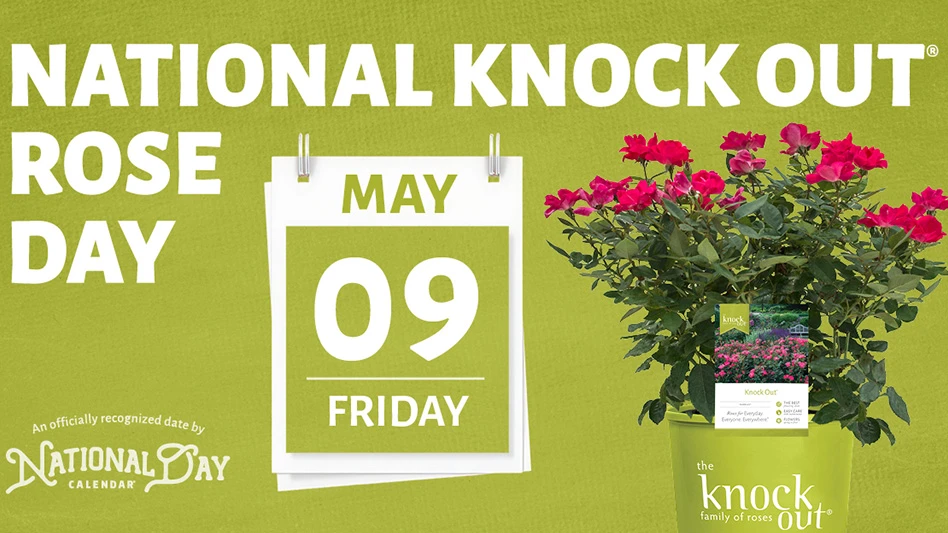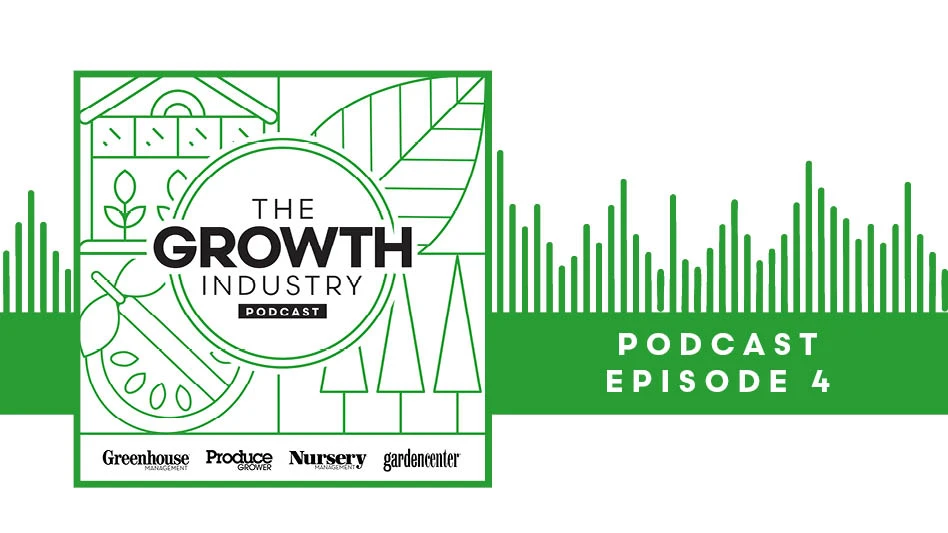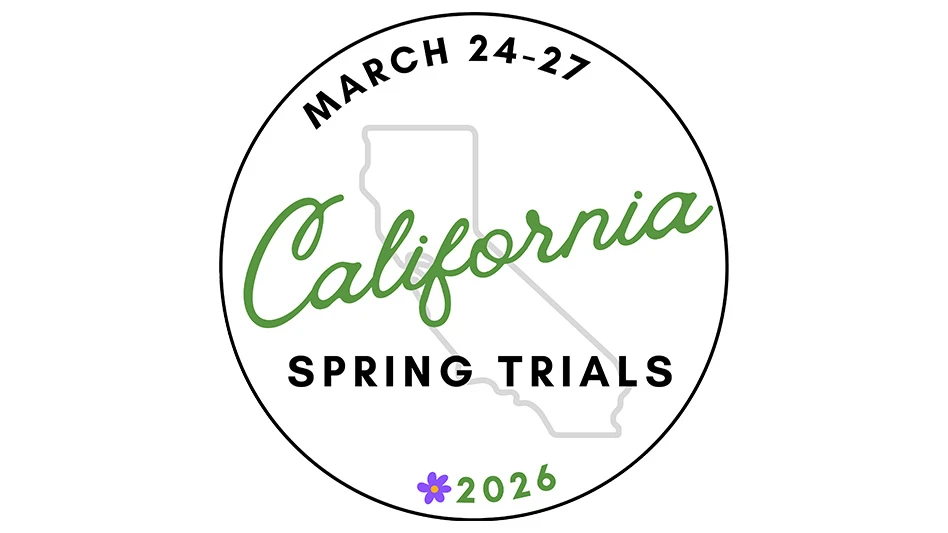
After stumbling into horticulture as a biology major, Greta Gallina discovered her career potential at the intersection of plant breeding, genetics and bioinformatics. As a Ph.D. candidate and graduate research assistant at the University of Georgia, Gallina is excited about the prospects awaiting her in the green industry.
Although animals are her first love, Gallina recognized early on that she didn’t want to conduct testing on living creatures. While taking undergrad biology courses at the University of Florida, plant-focused classes caught her attention and led to a bachelor’s degree in plant sciences. During her undergrad, she completed a research internship at The University of Cambridge studying parasitic nematodes that drew her to the research side of horticulture. Her master’s work at Michigan State University, which focused on weed science, convinced her that plant breeding and genetics were the best fit for her interests.
“And now here I am at UGA doing exactly what I wanted to do, which is very exciting,” says Gallina, who was born in Texas and raised in the South. “I get the diversity of outside work, lab work and computer work, so there’s never a dull moment.”
Breeding new combinations
Gallina’s research is split between hands-on experiments with greenhouse and field/container-grown hibiscus plants and scientific analysis in the lab. “There’s a lot of work that can be done with hibiscus,” she says. “They’re in a nice middle ground where there’s some work that’s been done on them, but not a lot, so there’s still a lot that I can do.”
One of Gallina’s research projects involves traditional breeding by crossing six different species of hibiscus. “With that, I’m trying to increase diversity and get new flower colors, new leaf colors and new combinations of those two,” she says. “People really like the ones that have red leaves, so I’m hoping to see what we can do with that.”
In addition to traditional breeding, Gallina is also experimenting with mutagenesis. “We’re hoping to increase diversity by using chemicals and radiation to see what kinds of mutations we might develop,” she says. “That’s been neat to see how quickly that can work compared to (traditional) breeding.”
Meanwhile, she’s also conducting lab analysis of the anthocyanins in red-leafed hibiscus using high-performance liquid chromatography (HPLC). Her final projects, which haven’t started yet, will involve genetic mapping “to find marker genes that we can use in breeding to make selections faster,” she says. “There are not marker genes for hibiscus yet, at least not that I know of for the species I’m working with, so it’d be really cool if I could get those.”

Increasing diversity
Gallina, who’s slated to complete her Ph.D. in 2026, hopes to find a breeding job focused on lab work — but not too far removed from plants. “I think it’s neat to (work with) plants because part of ornamental breeding is developing cultivars that can actually be released,” she says. “I like the real-world application of horticulture, as compared to very strict lab-only science.”
Although she’s not sure yet whether she’ll end up in academia or industry breeding, striking the balance between the lab and the field is important to her. It’s also one of the biggest misconceptions she has encountered when explaining her research to people outside of the horticulture world.
“A lot of people don’t know that there’s this research side of it. A lot of people just think that horticulture is manual labor, which is not something I personally want to do,” she says. “I don’t think people understand the diversity of horticulture in terms of what you can study and what you can do — from fully field experiments to fully lab, to somebody like me who gets to do both, which I think is the best option.”

Bringing in biotech
To augment her horticulture degree, Gallina is also earning a certificate in bioinformatics, exposing her to biotechnology tools and genetic genome analysis.
“I think my generation is going to bring in that biotechnology side of horticulture,” she says. “Traditional breeding is still very popular with ornamental crops, but that’s hardly a thing in corn — the primary example of a plant that gets all the resources.”
In fact, Gallina’s ultimate career goal is to bring the same sort of genetic resources and sophistication to ornamental breeding that agricultural crops like corn already enjoy.
“I would like for ornamental plants to have more technology and more resources in all forms, like financial resources and genetics resources as well,” she says. “There aren’t even genomes that are sequenced for most ornamental plants, which really limits the amount of genetics studies you can do because you don’t have a reference genome. I’m excited about that, because I can contribute something a lot bigger than I could contribute to a field like corn that already has everything.”
This article appeared in the February 2025 issue of Greenhouse Management magazine under the headline "Bringing biotech to genetics."

Explore the February 2025 Issue
Check out more from this issue and find your next story to read.
Latest from Greenhouse Management
- Tony Abbas named vice president of sales and business development at Prospiant
- Grant awarded to test western U.S. wood species for use as wood fiber potting substrate
- Pennsylvania Horticultural Society announces 2025 Gold Medal Plant winners
- GIE Media Horticulture Group wins five regional 2025 Azbee Awards of Excellence
- Terra Nova Nurseries introduces rust-free and disease-resistant heucherella
- John T. Nickel, founder of Greenleaf Nursery Co., passes away at 89
- Three tours offered at 2025 Farwest Show
- Garden Media Group announces sixth annual Women in Horticulture Week





